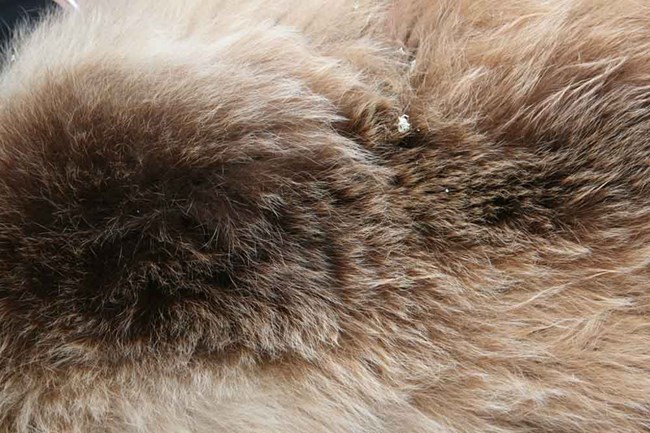Last updated: July 7, 2020
We determined if whole samples of brown bear guard hair produced different isotopic niche breadth estimates than those produced from subsampled, serially sectioned samples of the same tissue from the same set of individuals. We sampled guard hair from brown bears (Ursus arctos) in four regions of Alaska with disparate biogeographies and dietary resource availability. Whole hair and serially sectioned hair samples were used to produce paired isotopic dietary niche breadth estimates for each region in the SIBER Bayesian model framework in R.
Isotopic data from serially sectioned hair consistently produced larger estimates of isotopic dietary niche breadth than isotope data from whole hair samples. Serial sampling captures finer-scale changes in diet and when cumulatively used to estimate isotopic niche breadth, the serially sampled isotope data more fully captures dietary variability and true isotopic niche breadth.
Rogers, M. C., G. V. Hilderbrand, D. D. Gustine, K. Joly, W. B. Lealock, B. A. Mangipane, and J. M. Welker. 2020. Splitting hairs: Dietary niche breadth modelling using stable isotope analysis of a sequentially grown tissue. Isotopes in Environmental and Health Studies DOI: https://doi.org/10.1080/10256016.2020.1787404

